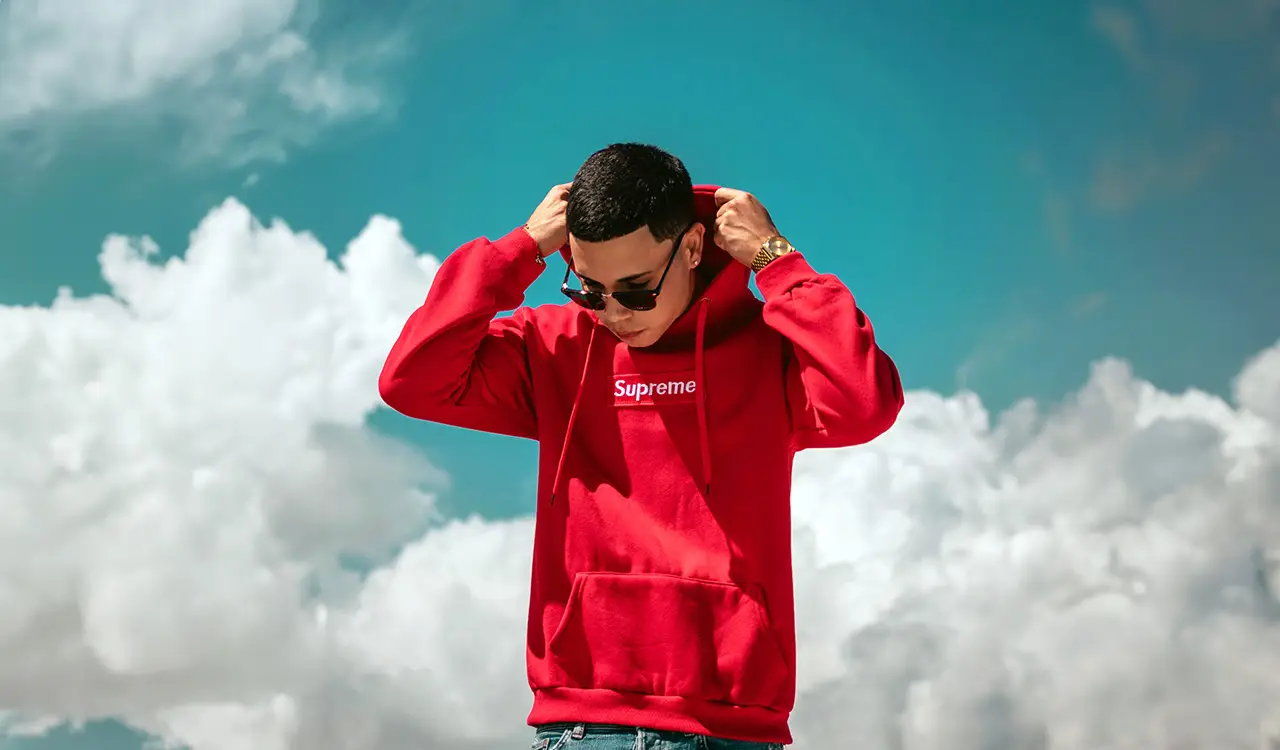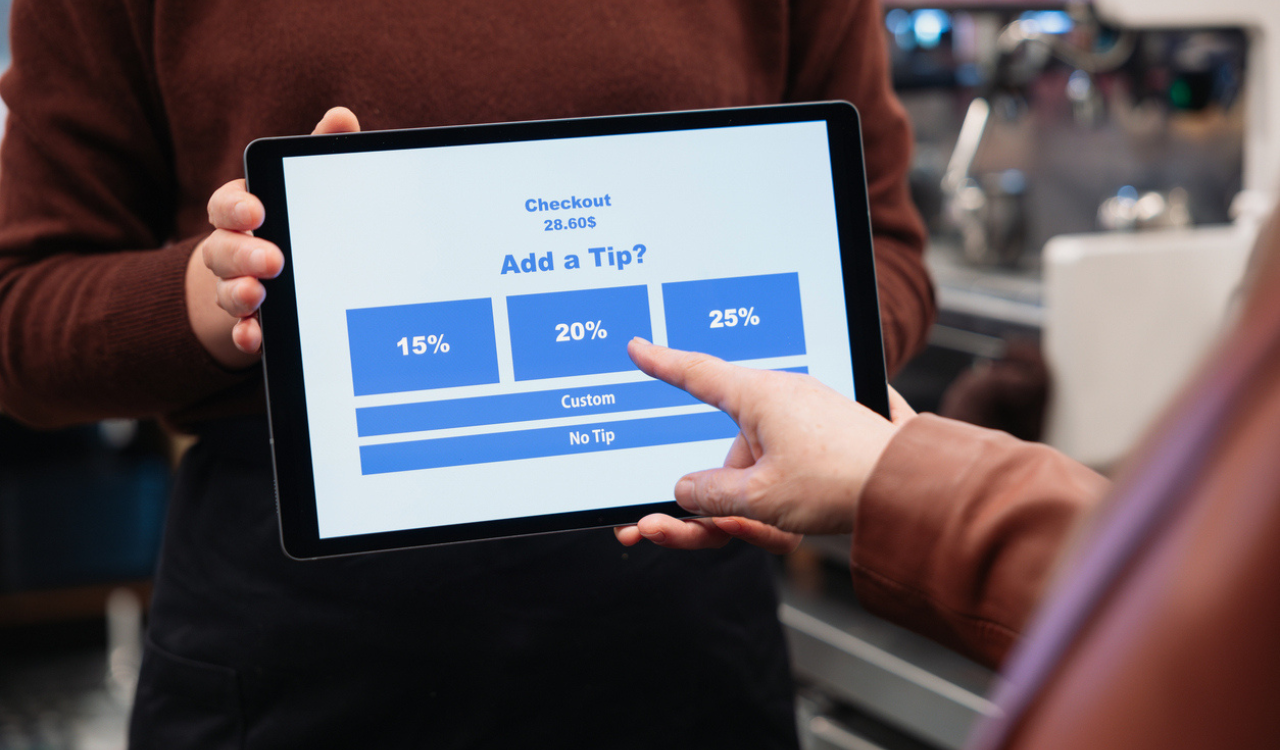With three-quarters of the year behind us, it is shaping up to be an active year for retail M&A trends 2024 in the fashion and retail industry. Large-scale M&A activity is reshaping the competitive landscape, with conglomerates growing larger, consolidating power and overshadowing the smaller players. So, what does this mean for the brands being acquired? Will they maintain their identities, or are we heading toward brand homogeneity? A review of the most significant M&A deals, the broader trends driving these acquisitions, and speculations on future sales gives some insightful context into the M&A waterfall. The bigger question is why some of these deals were made in the first place.
Hudson’s Bay Company (HBC) acquired Neiman Marcus Group for $2.65 billion, merging it with Saks Fifth Avenue and Bergdorf Goodman to form Saks Global. This merger aims to enhance digital growth and provide a seamless luxury shopping experience. TRR has written extensively on Richard Baker’s retail shenanigans; enough said.
Key Mergers and Acquisitions in 2024
Supreme Acquired by EssilorLuxottica
In a landmark move, Supreme was acquired by EssilorLuxottica for $1.5 billion. The eyewear giant plans to integrate Supreme’s cultural influence into its retail and licensing capabilities. However, retaining the brand’s authentic streetwear identity under corporate ownership could prove challenging (Unity Marketing) (Market Beat).
HanesBrands Sells Champion to Authentic Brands Group
In September 2024, HanesBrands sold Champion to Authentic Brands Group for $1.2 billion, with potential earn-outs. This sale is part of Hanesbrands’ strategy to simplify its brand portfolio and improve financial stability by paying down debt.
Off-White Transitions to Bluestar Alliance
Off-White was sold to Bluestar Alliance, marking a shift from luxury conglomerate ownership to focused brand management. Bluestar aims to preserve Off-White’s cultural influence while scaling its operations.
Rowing Blazers Acquired by Burch Creative Capital
In February 2024, Rowing Blazers, co-founded by Jack Carlson, sold a majority stake to Burch Creative Capital. The acquisition is aimed at expanding the brand’s women’s line, distribution, and retail presence. The founders retained stakes, with Carlson remaining as creative director.
Hudson’s Bay Acquires Neiman Marcus Group
Hudson’s Bay Company (HBC) acquired Neiman Marcus Group for $2.65 billion, merging it with Saks Fifth Avenue and Bergdorf Goodman to form Saks Global. This merger aims to enhance digital growth and provide a seamless luxury shopping experience. TRR has written extensively on Richard Baker’s retail shenanigans; enough said.
Chanel Acquires Stake in MB&F
Chanel expanded into luxury watches with a 25 percent stake in MB&F, marking a move to diversify beyond ultra-fashion into high-value luxury categories. This may be a hedging-your-bets strategy.
Tapestry’s Ongoing Acquisition of Capri Holdings
While initiated in 2023, Tapestry’s acquisition of Capri Holdings (which includes Versace, Jimmy Choo, and Michael Kors) continues to face roadblocks. Valued at $8.5 billion, this acquisition would strengthen Tapestry’s position in the luxury market, pending resolution of FTC hearings. TRR has written that the FTC hearing is much ado about nothing.
Under Armour Acquires UNLESS Collective
Under Armour bought UNLESS Collective, a regenerative fashion brand known for its sustainability ethos. This acquisition reflects Under Armour’s commitment to the eco-friendly market and sustainable fashion practices. Sustainability aside, Under Armour has been in the trenches with Kevin Plank and his disruptive leadership style.
ASOS Sells Majority Stake in Topshop
ASOS sold a majority stake in Topshop and Topman to Heartland, the holding company of the Danish Holch Povlsen family. This move allows ASOS to focus on digital-first strategies while retaining creative control
Trends Driving M&A Activity in 2024
The luxury sector is undergoing significant consolidation as conglomerates like LVMH, Kering, and Tapestry expand their portfolios. These acquisitions allow companies to achieve economies of scale and reduce competition while bringing high-value luxury assets under one umbrella. Luxury brands are also diversifying into new product categories to maintain growth and attract younger consumers. Chanel’s investment in MB&F signals a move beyond fashion and accessories, while LVMH continues to invest in emerging designer brands. The growing need for digital transformation is also driving luxury M&A activity. Luxury brands are investing in technology and digital platforms to meet rising consumer demand for seamless online and offline shopping experiences.
Sustainability continues to be a driving force behind M&A deals. Brands are acquiring sustainable companies to align themselves with consumer demand and regulatory pressures. Under Armour’s acquisition of UNLESS Collective plays the sustainability card and could elevate Plank’s persona.
Many companies are streamlining their brand portfolios to focus on their core offerings, reduce distractions, and gin up the bottom line. HanesBrands’ sale of Champion and VF Corporation’s divestiture of Supreme are on that trendline concentrating on their strongest assets to improve profitability and operational efficiency. You have to ask, though, why they brought those brands in-house in the first place. Short-term, opportunistic acquisitions that are portfolio outliers are not a long-term growth strategy.
Speculation on Future Sales and Acquisitions
The restructuring and brand portfolio reviews currently underway suggest that more sales and acquisitions are likely.
VF Corporation
Speculated sales include Timberland, The North Face, Dickies, and possibly JanSport, Eastpak, and Kipling. VF’s restructuring efforts are aimed at focusing on more profitable segments, and as mentioned to get rid of all those distractions.
- Authentic Brands Group: ABG is known for acquiring brands that align with its licensing strategy. Hunter Boots and Volcom could be future targets for divestiture. And we’re waiting to see what Jamie Salter has in mind with his recently announced partnership with Richard Baker.
- Stuart Weitzman: Speculated to be on Tapestry’s chopping block as the company prepares for its acquisition of Capri Holdings. The brand had a -14 percent decline in revenue this year and may struggle to be relevant in the mix of other contemporary-styled brands post-acquisition.
- AllSaints: Its edgy British aesthetic could make it an attractive target for luxury conglomerates or private equity. Following its acquisition in 2011, and the installment of CEO Peter Wood in 2018, the retailer has been on a rapid turnaround. AllSaints has continued growth over the past three years despite luxury headwinds. This includes growth in the brand John Varvatos, which was acquired in 2021, as well as expansion into China in late 2023.
- Moncler: Despite LVMH’s minority stake, there is speculation of further consolidation in the luxury outerwear market. The Moncler brand continues to post strong results, and following tough Q3 financials, they may look to strengthen their portfolio in this market. A similar acquisition path was taken with Céline.
Future Sales
Recent federal rate cuts in the U.S. have lowered borrowing costs, making it easier for companies to finance acquisitions. Deals like Hudson’s Bay’s acquisition of Neiman Marcus benefited from these favorable economic conditions, which reduced overall transaction costs. Future rate cuts are likely to further accelerate M&A activity by making capital more accessible.
The wave of mergers and acquisitions in 2024 reflects the fashion industry’s adaptability to evolving consumer preferences and economic conditions. With federal rate cuts fueling further consolidation, companies are positioning themselves for future growth through digital expansion and portfolio optimization. However, smaller brands may face the challenge of maintaining their authenticity when acquired by larger conglomerates. In a rapidly consolidating market, the question remains: will indie brands still have the freedom to be truly independent? Only time will tell if once-unique brands will maintain their distinct identities or blend into invisibility in the larger corporate frameworks.





